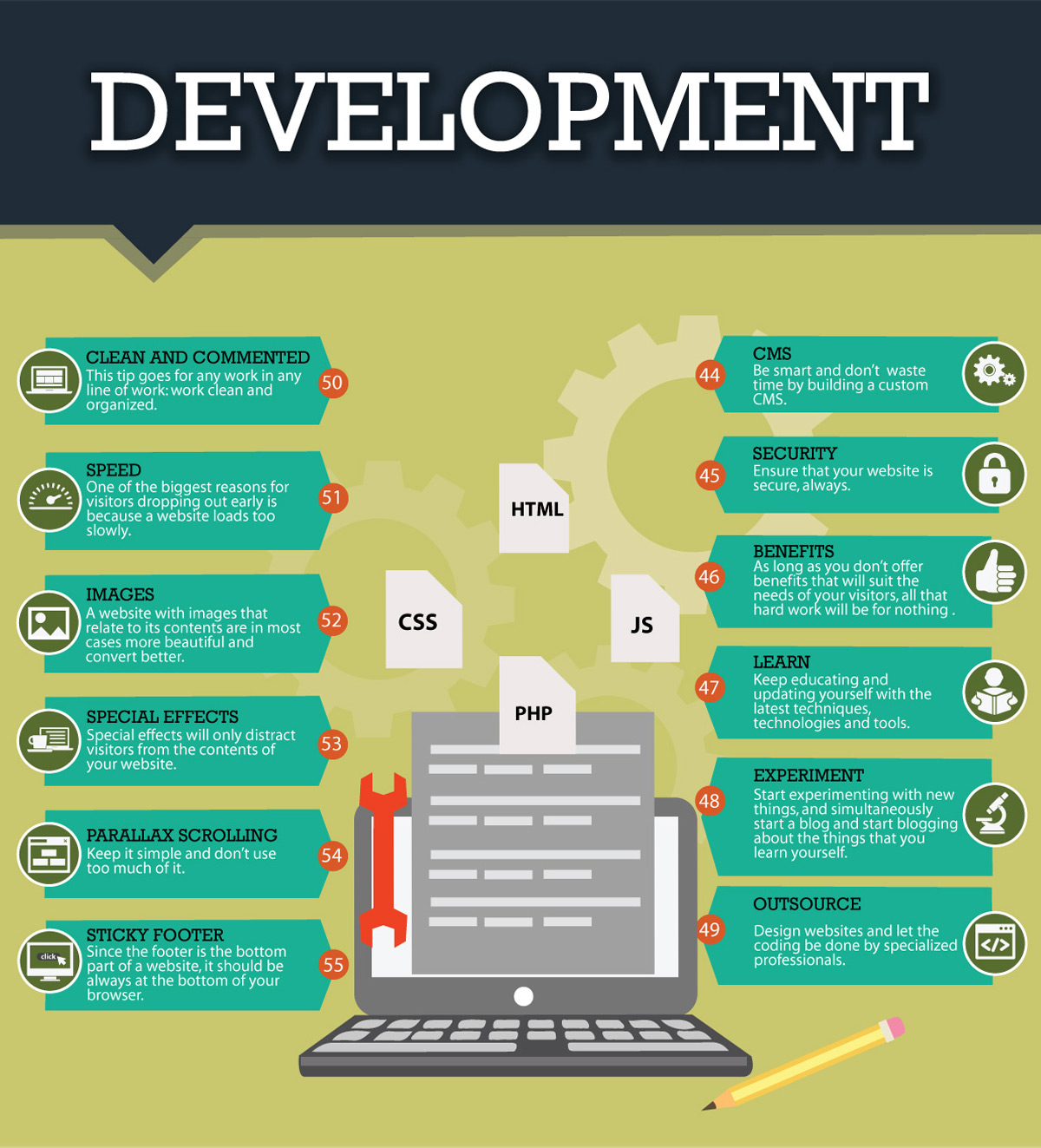Join Us As We Embark On A Trip Through Time, Discovering The Advancement Of Website Layout And How It Has Affected The Electronic Landscape
Join Us As We Embark On A Trip Through Time, Discovering The Advancement Of Website Layout And How It Has Affected The Electronic Landscape
Blog Article
Material Author-Asmussen Bowles
In the past, websites were simple and focused on details. Navigation was straight, and style was for desktops. Currently, customer experience is essential. Data guides layouts for simple navigating. Responsive designs fit various gadgets. Today, dark mode lowers pressure, and minimalist food selections boost navigation. Interactive features involve customers, and vibrant visuals stand out. AI combination improves interaction. See just how design has advanced to improve your on the internet trip.
Very Early Days of Web Design
In the early days of website design, simpleness reigned supreme. Internet sites were standard, with restricted shades, typefaces, and formats. The focus was on supplying info as opposed to flashy visuals. Users accessed the web via slow dial-up links, so rate and capability were key.
https://caidenjfaup.creacionblog.com/29750219/increase-your-exposure-on-the-internet-by-selecting-the-excellent-neighborhood-seo-firm-for-your-business-learn-how-to-make-the-most-effective-choice were straightforward, commonly located on top or side of the page. Websites were made for computer, as mobile surfing wasn't yet prevalent. Material was king, and developers focused on easy readability over intricate design components.
HTML was the key coding language utilized, and designers had to function within its constraints. Computer animations and interactive attributes were minimal compared to today's requirements. Sites were static, with little dynamic material or individualized individual experiences.
Increase of User-Focused Style
With the evolution of web site design, a change in the direction of user-focused style principles has come to be significantly prominent. Today, producing internet sites that focus on individual experience is vital for engaging site visitors and accomplishing organization objectives. User-focused layout entails understanding the requirements, preferences, and actions of your target market to tailor the website's format, content, and features as necessary.
Developers now perform comprehensive study, such as customer studies and use screening, to gather understandings and feedback directly from customers. This data-driven method helps in producing user-friendly navigating, clear calls-to-action, and visually enticing interfaces that reverberate with visitors. By positioning the customer at the center of the design process, websites can supply a more personalized and enjoyable experience.
Receptive design has additionally emerged as a vital facet of user-focused layout, ensuring that web sites are optimized for various tools and display dimensions. This adaptability boosts availability and usability, dealing with the varied methods individuals communicate with internet sites today. In essence, the increase of user-focused design signifies a shift in the direction of developing digital experiences that focus on the requirements and expectations of the end customer.
Modern Trends in Website Design
Explore the latest fads forming website design today. One famous fad is dark setting style, supplying a sleek and modern-day appearance while lowering eye strain in low-light settings. Another crucial pattern is minimalist navigating, simplifying food selections and boosting user experience by focusing on essential elements. Incorporating micro-interactions, such as animated switches or scrolling effects, can create a more appealing and interactive web site. Responsive design continues to be important, ensuring seamless customer experiences throughout different devices. Furthermore, utilizing vibrant typography and asymmetrical formats can add aesthetic passion and draw attention to certain material.
Integrating AI modern technology, like chatbots for customer support or personalized suggestions, improves customer interaction and enhances processes. Access has additionally come to be a substantial pattern, with designers prioritizing inclusive style methods to accommodate varied customer requirements. Accepting https://www.searchenginejournal.com/german-expansion-seo-tips/455794/ by optimizing website efficiency for speed and performance is an additional arising trend in website design. Working together with user comments and information analytics to iterate and improve design continually is crucial for remaining pertinent in the ever-evolving electronic landscape. By welcoming these modern fads, you can develop a visually enticing, straightforward internet site that reverberates with your target market.
web page designers near me
As you reflect on the evolution of web site design from the early days to now, you can see how user-focused design has actually become the driving pressure behind modern-day patterns.
Embrace the journey of modification and adaptation in website design, constantly maintaining the user experience at the forefront.
Remain present with the most recent fads and modern technologies, and never ever quit evolving your approach to develop visually stunning and straightforward sites.
Advance, adjust, and develop - the future of website design remains in your hands.
